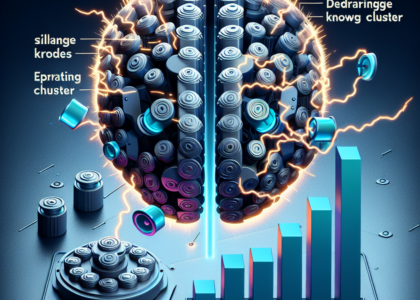Authors: Ritwik Gupta, Leah Walker, Andrew W. Reddie
Abstract: U.S. export controls on semiconductors are widely known to be permeable, with
the People’s Republic of China (PRC) steadily creating state-of-the-art
artificial intelligence (AI) models with exfiltrated chips. This paper presents
the first concrete, public evidence of how leading PRC AI labs evade and
circumvent U.S. export controls. We examine how Chinese companies, notably
Tencent, are not only using chips that are restricted under U.S. export
controls but are also finding ways to circumvent these regulations by using
software and modeling techniques that maximize less capable hardware.
Specifically, we argue that Tencent’s ability to power its Hunyuan-Large model
with non-export controlled NVIDIA H20s exemplifies broader gains in efficiency
in machine learning that have eroded the moat that the United States initially
built via its existing export controls. Finally, we examine the implications of
this finding for the future of the United States’ export control strategy.
Source: http://arxiv.org/abs/2411.14425v1





